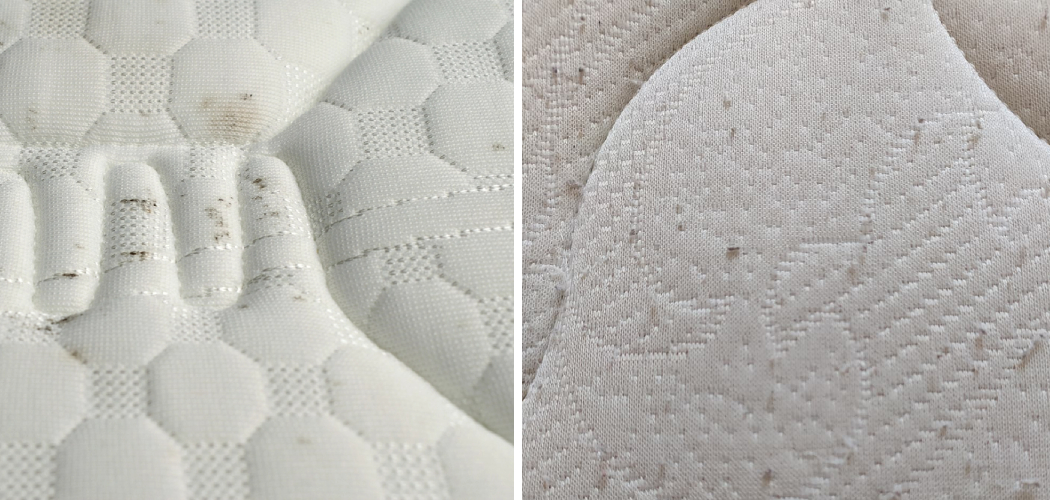Discovering mold on your mattress can be a distressing experience, as it not only poses a health hazard but also jeopardizes your peaceful slumber. Mold thrives in damp and dark environments, making mattresses a prime breeding ground if not properly cared for.
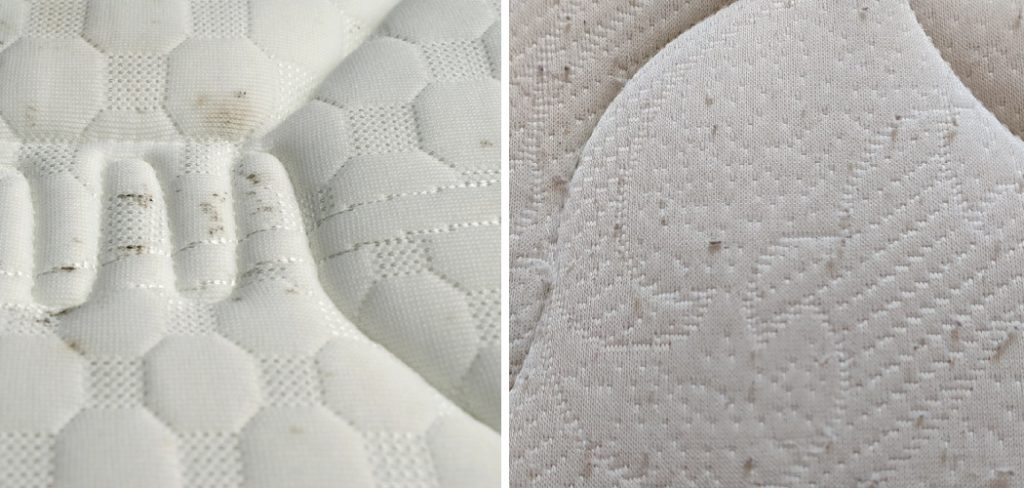
However, fear not, as there are effective ways to tackle this issue and restore your mattress to its clean and hygienic state. In this comprehensive guide, we will delve into the essential steps and techniques for how to remove mold from mattress.
Whether you’re dealing with a minor mold issue or a more severe infestation, our expert tips will help you navigate the process, eliminate the health risks, and ensure a restful and mold-free night’s sleep. Say goodbye to those sleepless nights worrying about mold, and say hello to a revitalized and healthy mattress that supports your well-being.
Why Does Mattress Get Molded
Mold can grow on mattresses due to moisture and warmth. A longer period of exposure to dampness or humidity can make the mattress particularly vulnerable to mold growth.
Common causes of mattress mold include condensation from people sleeping in the bed, leaks, flooding from rain or other water sources, high relative humidity levels in the bedroom, inadequate ventilation, and poor cleaning habits.
Once the mold has taken hold, it can be difficult to remove without damaging the mattress or causing any health problems. To prevent mold from recurring, it is important to address the underlying issues that caused the problem in the first place. This may include investing in a dehumidifier for your bedroom, finding and fixing any leaks or water sources, and improving ventilation.
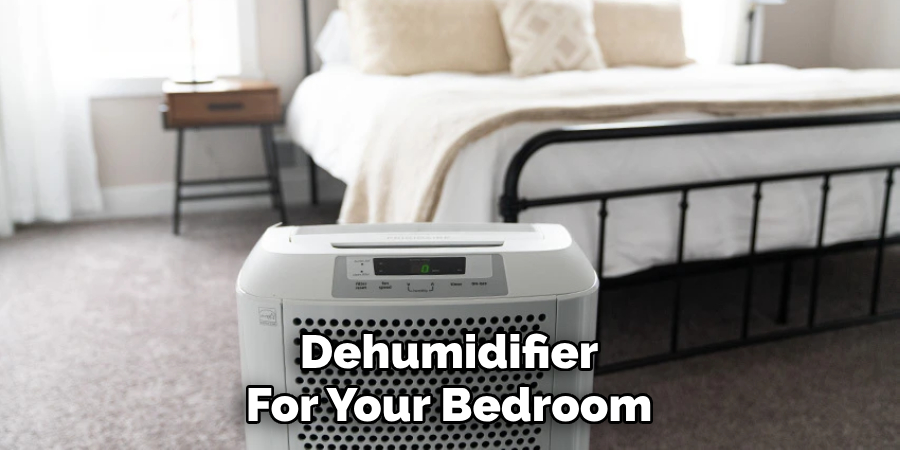
It is also important to practice good cleaning habits when dealing with mold on your mattress. Make sure to vacuum the surface of the mattress regularly, using a soft-bristled brush attachment to get in between seams and into crevices. Additionally, it is a good idea to change sheets and linens regularly and use an anti-allergen spray to reduce allergens and kill mold.
Health Concerns Associated with Mold Growth
It is important to note that mold can be hazardous to your health, as it can cause both short-term and long-term problems. In the short term, breathing in mold spores or having contact with moldy surfaces can result in skin irritation, allergic reactions, and even asthma attacks.
Longer-term exposure to mold may bring about more serious consequences, such as permanent lung damage or weakened immune systems. If you believe that your health is being affected by mold in your home, it is best to consult a medical professional for advice and treatment. In the meantime, taking steps to remove mold from your mattress can help reduce your exposure to potential health risks associated with mold growth.
When cleaning up mold on a mattress, it is important to take safety precautions. Wear disposable gloves and a face mask to prevent breathing in mold spores, and use protective eye goggles if you have them available. It is also important to ventilate the area by opening windows or using fans to help remove mold particles from the air.
In addition, it is recommended that you launder all bedding materials in hot water before returning them to the mattress. Finally, clean all hard surfaces with a disinfectant solution and thoroughly dry them before replacing bedding. Following these steps can help reduce your risk of health issues associated with mold growth in your home.

10 Steps How to Remove Mold from Mattress
Vacuum the Mattress:
The first step to removing mold from a mattress is to vacuum it thoroughly. This will help remove any loose particles of mold and spores that may be present on the surface. Be sure to use a vacuum with a HEPA filter to ensure that all of the mold spores are removed. Also, be sure to get into the crevices and seams of the mattress where mold may be hiding. If you don’t have a HEPA filter vacuum, you can use a damp cloth instead.
Clean the Mattress Cover:
After vacuuming, remove the mattress cover and wash it in hot water with detergent. This will help to further remove any mold spores that may have been left behind after vacuuming. Allow the cover to dry completely before replacing it on the mattress.
If the mattress cover is not waterproof, you should consider investing in one that is. Waterproof covers will help prevent moisture from seeping into the mattress and prevent mold from forming in the future.
Use White Vinegar:
After washing the mattress cover, spray white vinegar onto the surface of the mattress and let it sit for 15-20 minutes. The vinegar helps to kill any remaining mold spores and can also help prevent the future growth of mold on your mattress. After the recommended time, use a clean cloth to wipe down the mattress.
If necessary, you can also apply baking soda to the mattress after spraying it with vinegar. This helps to absorb any odors from the vinegar and also adds an extra layer of protection against mold growth. Let the baking soda sit for at least 30 minutes before vacuuming it up.
Scrub with Baking Soda:
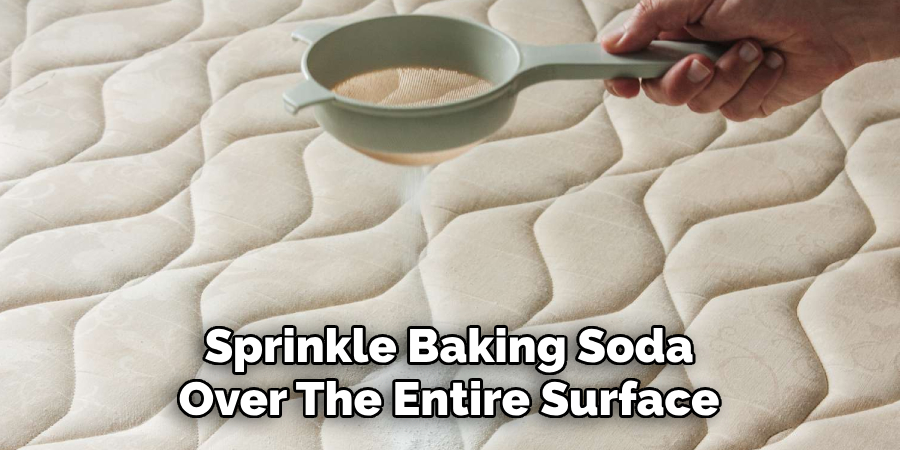
After spraying with vinegar, sprinkle baking soda over the entire surface of your mattress and scrub gently with a brush or sponge until all of the baking soda has been worked into a paste-like consistency.
Allow this mixture to sit for an additional 15-20 minutes before vacuuming up any excess baking soda residue. This will help to absorb any remaining moisture and prevent mold from recurring.
Use Hydrogen Peroxide:
For stubborn stains or areas where there is visible mold growth, mix equal parts hydrogen peroxide and water in a spray bottle and apply directly onto the affected areas of your mattress. Let this solution sit for 15-20 minutes before wiping it off with a damp cloth or sponge and then rinsing off with clean water. This method can also be used to prevent mold growth on your mattress.
You may need to scrub the affected areas gently with a brush or sponge for tough spots. Allow the area to air dry and then vacuum up any excess debris before reapplying the same hydrogen peroxide solution once more.
Dry Completely:
After cleaning your mattress, make sure you allow it to dry completely before replacing any bedding or covers on top of it, as moisture can encourage further growth of mold in these areas if not properly dried out first. If possible, open windows or use fans to help increase air circulation throughout your bedroom during this process as well.
Additionally, you may also want to consider taking your mattress outside for a few hours in direct sunlight if possible. Sunlight is known to help dry out any remaining moisture that can otherwise encourage the growth of mold and mildew.
Use Tea Tree Oil:
To help prevent future growth of mold on your mattress, mix one teaspoon of tea tree oil with two cups of water in a spray bottle and spritz lightly over your entire mattress (avoiding any fabric surfaces). Tea tree oil has natural antifungal properties, which can help keep away unwanted fungi such as mold from growing back again in these areas over time!
Check for Moisture Issues:
Once you’ve finished cleaning your mattress, check around your bedroom for any potential sources of moisture, such as leaks from plumbing fixtures or air conditioning units, which could be causing condensation buildup inside your room – this can lead to further growth of mold if not addressed promptly so make sure you fix these issues right away if found!
Change Your Bed Sheets Regularly:
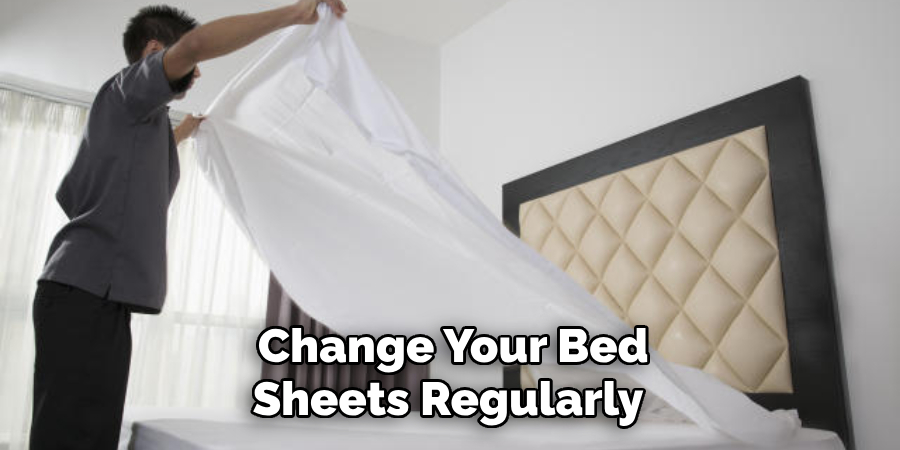
It’s also important that you change your bed sheets regularly – ideally every week – as this will help reduce the build-up of sweat, dust mites, and other allergens, which can all contribute towards mold growth over time too! If you’re someone who gets sweaty at night, then it can even be beneficial to change your sheets more frequently.
Additionally, wash all bedding on a hot cycle around 60° C (140° F) or higher, as this will kill off any potential mold spores. It’s also important to remember that air drying is preferable to tumble drying when it comes to bedding, as the heat can actually cause mold spores to become airborne.
Invest in a Mattress Protector:
Lastly, investing in a waterproof mattress protector is also highly recommended as this will provide an extra layer between yourself & mold spores while sleeping – helping ensure that no new colonies form around or inside your bedding materials either!
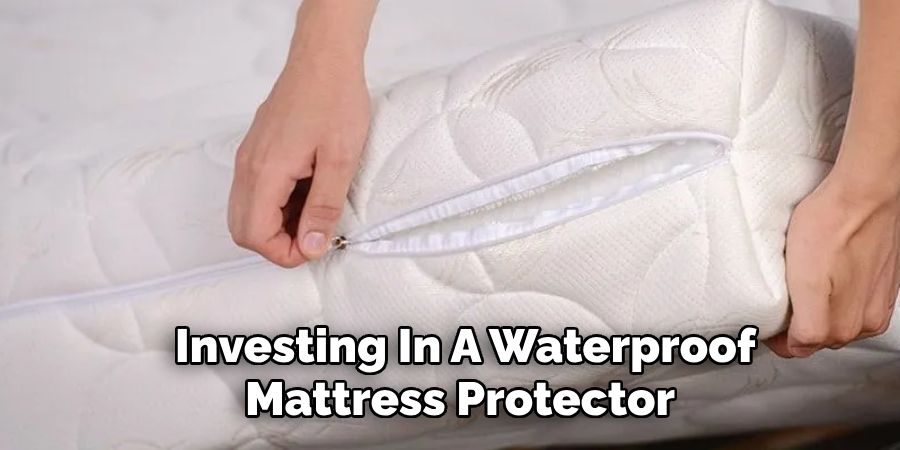
It is important to note that while a mattress protector will help reduce the risk of mold growth, it will not eliminate it entirely. Regularly washing your bedding and using an anti-mold spray on your mattress can also help keep mold away from your sleep environment.
Things to Consider When Removing Mold from Mattress
When removing mold from a mattress, it’s important to take into account several factors to ensure the job is done properly. Here are some things to consider when dealing with mold on your mattress:
- Check for Signs of Water Damage: Before starting, inspect your mattress for signs of water damage such as staining or discoloration. If you find any, you’ll need to thoroughly dry the mattress before attempting to clean it.
- Select the Right Cleaning Supplies: To properly remove mold from your mattress, it’s important to select the right cleaning supplies. Some of the most effective products include bleach, vinegar and baking soda. It’s also a good idea to use a vacuum equipped with an upholstery attachment.
- Wear Protective Gear: It’s important to wear protective gear when dealing with mold, such as gloves and a facemask. This will help prevent you from coming into contact with the mold particles.
Some Common Mistakes When Removing Mold from Mattress
One of the most common mistakes people make when trying to remove mold from a mattress is using too much bleach or other hazardous cleaning chemicals. While these products may be effective in killing mold spores, they can also damage your mattress if used incorrectly or in excessive amounts. It’s best to avoid using bleach altogether and instead use mild soap with warm water for spot cleaning or an upholstery cleaner.
Another mistake people often make is not allowing the mattress to dry completely after cleaning. Before putting your bedding back on, make sure your mattress has had ample time to air dry and that any excess moisture has been removed. Otherwise, mold may start growing again in these areas.
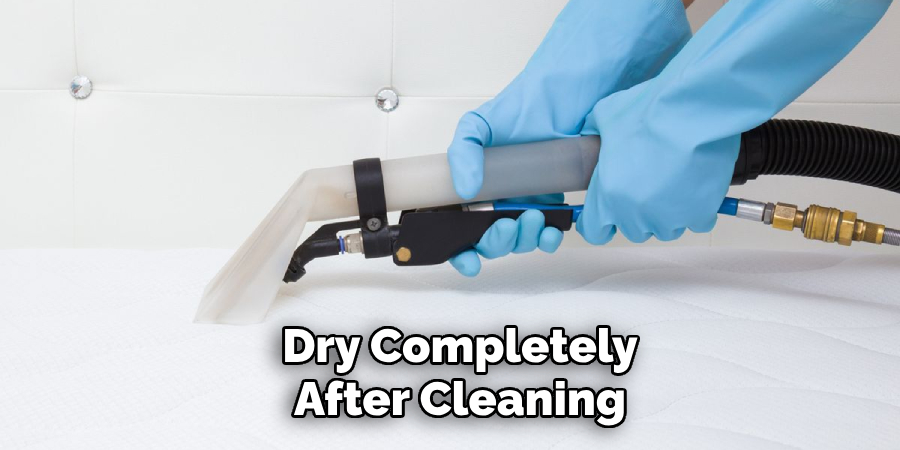
Finally, some people may forget to inspect their bedroom for any sources of moisture that could be causing condensation buildup. Plumbing issues or air conditioning units can quickly lead to mold growth in your bedroom if not addressed promptly, so regular inspection is key!
Conclusion
Taking care of mold on mattresses is a necessary step to ensure the longevity of your mattress and the comfort and health of anyone sleeping on it. Knowing how to spot mold, preventing it in the future, and learning how to remove it when necessary are all important considerations when dealing with this pesky issue. Follow these simple steps for proper removal and you’ll be able to avoid a further headache down the road.
Remember, prevention is key but if your efforts have been too late, use our guide and get that mold out as quickly as possible. It’s time to take control over this situation, remember: you can do it! Hopefully this blog post has provided you with helpful information about how to remove mold from mattress – now success is within reach!
